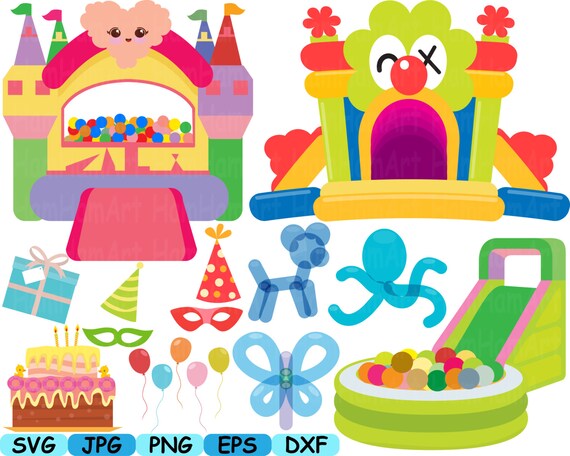

We cannot assume that every reader has attended the same schools, read the same books, or will ask the same questions.
The audience is ever more diverse, and the fragility of our planet makes reaching our audience ever more critical. Though links can sometimes let us alter the story, changing “what happens” in different readings, we more frequently will use links to change the plot, changing “how we explain what happened.” Links should let us tell stories that were once difficult to tell. Links let us write in new ways for new audiences. Hypertext is, simply, writing that uses links hypertext narrative is telling stories (and histories) that use links. We don’t use links much, and we don’t use them wisely. Most significantly, we still write books as if they were to be mass-produced by factories, one page forever following another in a fixed and inalterable sequence, one size fits all. Indeed, they go to great lengths to copy the inconveniences of paper, the awkwardness of turning the page, or the arbitrary limits it imposes on our margin notes. We no longer write on paper and we no longer read on paper, yet our computers, our tablets, and our ebook readers simulate paper. Today, most of what we read is written as if it would be read on paper. We compose on the computers, we read our mail on computers, and increasingly we read our novels and textbooks on computers. The future of serious writing lies on the computer screen. 
It’s time for a fresh tilt at that windmill here are some thoughts for an introduction to Getting Started With Hypertext Narrative.Ĭomments and improvements welcome: Email me. I understand the underlying family traumas sorry, Freud, but knowing doesn’t help that much. I handle this question badly in social settings. It is Friday night dinner again, and the Business Professor asks straight out why anyone would want to bother with hypertext narrative.






 0 kommentar(er)
0 kommentar(er)
